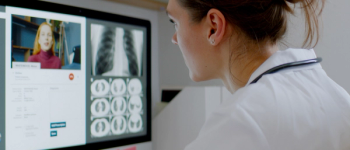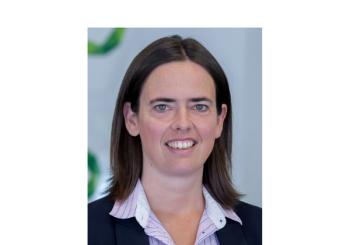
Recent advances from COVID-19 vaccine development put pharma in place to further grow relationship with patients.

Recent advances from COVID-19 vaccine development put pharma in place to further grow relationship with patients.

New C-Suite position emerges for more emphasis on patient centricity.

From exposing disparities in care to guiding better patient outcomes to helping reign in the costs of care, the use of real-world data (RWD) in oncology can have far-reaching effects. Here’s how one RWD company exec is using her experience to help drive that change.

Brennan describes what her career journey in pharma has looked like as a woman, and what she feels can be done to improve opportunities for other females in pharma. She also talks about how advocacy and commitment can similarly be applied to improve the rare disease space.

Assessing the road ahead for Chinese biotech.

Obstacles in data exchange remain for industry.

Standard for reaching patients shifts with influx of new technology in post-COVID world.

Comprehensive dosage monitoring of topical treatments for mild to moderate psoriasis.

Devesh Verma and Rebecca Lorenzo outline some the challenges and potential solutions to building a patient-centric culture

Going beyond the words of healthcare communication.

Additional assistance necessary for patients prescribed specialty therapies.

Growing business segment of life sciences industry improves patient access.

Pharma companies are now under increasing pressure, and increasingly willing, to offer a patient-centric approach. But with this increasing demand comes confusion about what patient-centered research actually is.

New data comparing past vs. present experience with telemedicine during the pandemic uncovers insight on how patients, doctors, and payers view the market post-COVID.

Focusing on prevention, diagnosis, treatment, and care monitoring during the patient journey in oncology to create value for stakeholders.

The pharma industry claims to be patient-centric, but, asks Claus Møldrup, how can this be the case if the evolving user experience isn’t always at the forefront of the industry's mind and informing decisions?

Almost a year since the start of the pandemic, it’s clear a new medical vision is taking shape—one focused on serving patients now, solving procedural issues later.

Telemedicine is definitely here to stay, but recent study may offer clues on its sustaining power.

Samit Hirawat, chief medical officer at Bristol Myers Squibb, talks about his leading role in BMS’ $300M, five-year plan to expand its efforts in health equity and his career-long commitment to putting patients first.

If telehealth is here to stay, how is the industry adjusting?

While patient support providers play an important role in keeping patients on therapy, biopharma companies have a great opportunity to push analytical sophistication beyond what many of these providers currently offer.

Oral solid dose formulations (OSD) continue to lead the market as a preferred dosage form. To gain better insight into drug dose delivery technology trends, Laura Child spoke to leaders from five top contract development and manufacturing organizations to find out what is on the horizon for patient-centric drug delivery.

Improving the patient experience for those with orphan diseases through a patient-first approach.

The importance of life sciences companies focused on rare diseases to take early steps to bridge connections with patients, caregivers, and healthcare providers.

Jo Fearnhead-Wymbs discusses how and why amplifying the patient voice is driving change in the industry for the better.